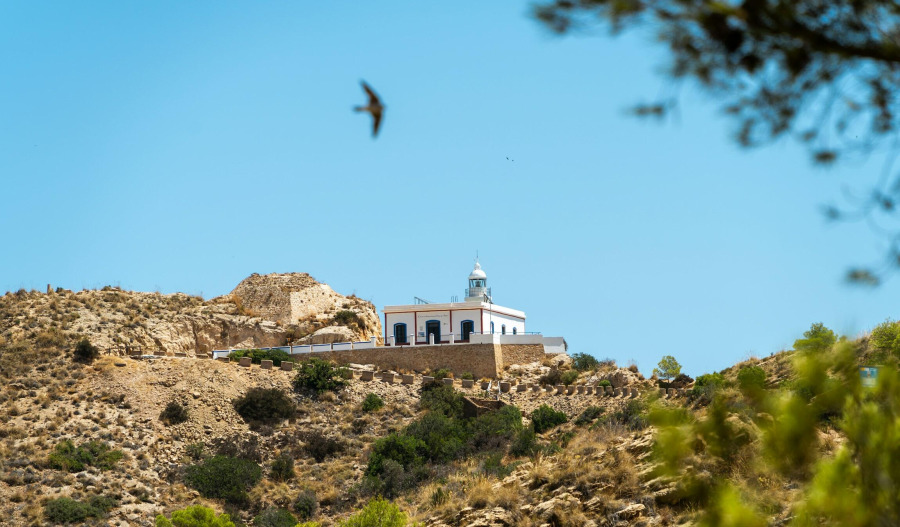Azzet reports on three ASX stocks with price moving updates today.
Electro Optic Systems sinks after posting quarterly update ~
Despite opening around 4% higher at $6.65, shares in Electro Optic Systems (ASX: EOS) started giving back all of their early morning gains 45 minutes after the open and were trading 2.3% lower at 2:20 pm AEDT (3:20 am GMT).
At first blush, the market was clearly titillated by today’s release of the defence stock’s quarterly activity report.
However, after closer analysis, there was something within the update the market didn’t like; either that or it may have been sold down as shareholders locked in gains after its recent run up amid fears it might be looking a little toppy.
Like some of its peers in the defence sector, Electro’s share price has been on a tear and has more than doubled to $6.32 since staging its ascent from $3 a share early August.
The share price has rallied following a slew of order book development activity and following the signing of the Land 400-3 contract on 6 October, the contract backlog was around $415 million, which represents a $279 million or 206% increase from 31 December 2024.
During the quarter, EOS Space Systems – one of the company’s two operating divisions – continued its demonstrations and detailed discussions with senior military personnel from several countries in relation to a range of products and services, including Space Control.
However, management made it clear there’s no guarantee that any of the above opportunities will result in binding sales contracts or any guarantee regarding the timing of revenue recognition and cash flows.
This clearly wasn’t what the market wanted to hear, and it's a deep dive into the numbers that the market may be starting to take issue with.
The market could also be struggling to make sense of the seemingly convoluted offset credit obligation relating to contracts in the Middle East, which, by all accounts, management has not explained well.
The company’s total cash holding (including term deposits) at 30 September 2025 was $91.5 million, representing a $38.8 million decrease from 30 June 2025.
Then there’s the net cash outflow from operating activities for the quarter of $34.3 million, compared to a net cash inflow of $30.5 million in Q2 2025.
Meanwhile, receipts from customers totalled $16.5 million during the quarter, which was $61.6 million lower than Q2 2025, when a large contract finalisation receipt arose under a longstanding contract in the Middle East.
The company is obligated as part of its contract to supply a customer in the Middle East, and to contribute to economic development in the country as an offset against purchases of its products and services.
Under the approved business plan, in order to earn offset credits, the company must contribute not less than AED 18.4 million (A$7.8 million) in cash to the JV by 1 July 2026 unless otherwise agreed with the offset authority.
In the event that the company does not comply with its obligations in future, the Offset Credit authority is entitled to demand payment under the guarantee outlines.
Meanwhile, based on currently available information, the company expects full-year revenue for 2025 from existing contracts to be $115-125 million, with 2025 revenues biased towards the second half of the 2025 year.
The company also notes that it continues to pursue a range of new orders, which, if signed in sufficient time to enable delivery in 2025, have the potential to contribute up to an additional $25 million of revenue in 2025.
Electro Optic Systems has a market cap of $1.2 billion, which puts it just outside the ASX300; the share price is up 352% in one year and down 31% in the last month.
While the stock’s 200-day moving average is trending higher, there is significant evidence that the long-term bullish trend is near an end, and this may be spooking some shareholders.
Specifically, recent price action has been weak, and the 5-day moving average is below both the 20 and 50-day moving averages.
Consensus is Strong Buy.
Western Mines rallies on standout drilling results
Shares in Western Mines Group (ASX: WMG) were trading over 13.6% at noon after the WA-based gold and nickel explorer announced promising results from the completion of a third diamond hole at the Mulga Tank nickel-copper-PGE (platinum group elements) project in WA.
Drilling was part of a 10-hole program for a total of 4,050 metres, testing numerous drill targets generated from the company’s geological targeting work.
Standout results include the intersection of high-grade nickel sulphide mineralisation in hole MTRC066, one of the best mineralised shallow RC holes ever drilled at the project.
MTRC066 returned 269m at 0.33% Ni, 144ppm Co, 215ppm Cu from 61m, including higher-grade intervals such as 6m at 1.18% Ni, 480ppm Co, and 0.11% Cu from 94m.
Diamond drilling in the Panhandle area, supported by a WA EIS grant, also revealed frequent horizons of visual mineralisation, indicating a highly prospective dynamic komatiite flow system.
A diamond tail to MTRC011 intersected high-grade semi-massive sulphide segregations, extending the active sulphide-enriched basal zone by approximately 400m.
Commenting on today’s update, Western Mines managing director Caedmon Marriott told the market that results from the first three holes at Mulga Tank were encouraging.
“These holes tested approximately 2km strike of the previously unexplored western margin of the intrusion and largely drilled over the top of the modelled W conductor electromagnetic plate,” he said.
“Given the very encouraging remobilised sulphides seen in the first three holes, we have planned an additional hole to test beneath these at depth, towards the centre of the W conductor target.”
WMG also reported the successful award of a further EIS grant of $180,000 towards follow-up drilling in the Panhandle area, bringing the total current active EIS grants to $620,000 for the Mulga Tank Project.
To fund ongoing exploration at Mulga Tank, the company completed a capital raise of $3,720,200 during October.
With this capital now available, the company can plan a more effective and efficient exploration strategy, and is weighing belt-wide gold potential, with a tenement application set to extend coverage across 425 square kilometres of the Minigwal belt.
Clearly, the market now has high hopes that the next round of assays will confirm the grades hinted at in the recent hole, which could see the company emerge as a genuine nickel contender.
Western Mines has a market cap of $29 million; the share price is up 29% in one year and up 10% in the last week.
While the stock’s 200-day moving average is trending upwards and highlights long-term investor interest in the stock, the 5-day moving average is below the 20-day moving average.
This is a bearish sign, for at least the near term.
Consensus does not cover this stock.
Mayne Pharma tumbles on news Chalmers will reject takeover
Shares in Mayne Pharma (ASX: MYX) were down over 32.3% in afternoon trading following signals that Treasurer Jim Chalmers is preparing to reject U.S. pharmaceutical giant Cosette’s $672 million takeover of the healthcare stock on the grounds that it’s not in the interests of the Australian economy.
Plans by Chalmers to quash the takeover by Cosette come as a crushing blow to Mayne Pharma after it vigorously won a recent battle for a NSW court to uphold a binding offer that the U.S. company was planning to renege on due to unfounded accusations that the company’s business had materially deteriorated since the offer was made.
The court dismissed Cosette’s claims that Mayne withheld important information that should have been disclosed before it made the takeover bid.
Mayne Pharma’s shares are now trading at $4.18 after hitting a 14-month low of $3.81 on the revelations that the takeover won’t pass muster with the Australian government.
By comparison, Cosette’s takeover offer valued the stock at $7.40.
Mayne told investors today that Chalmers' major beef with the Cosette takeover relates to its likely disposal of the company’s Adelaide manufacturing plant, which employs about 200 people.
Adding substance to these concerns was the decision taken by the South Australian government in September to ask the FIRB to block the buyout after Cosette openly admitted in June that it would consider closing the Salisbury plant, which makes contraceptive and menopause products, as well as other medications.
Mayne Pharma’s CEO, Shawn Patrick O’Brien, told the market the significant underlying earnings growth at FY25 reflected revenue growth with modest increases in our operating costs.
“Our Women’s Health business continued to benefit from our targeted sales, marketing and education initiatives and effective channel management,” he said.
“For Dermatology, we look forward to the impact of the US market launches of our newly acquired products EPSOLAY and TWYNEO in FY26 (launched during this current quarter) and continued growth from Adelaide Apothecary, which achieved EBITDA break even in FY25.”
Mayne Pharma has a market cap of $340 million; the share price is down 2% in one year and down 31% in the last week.
The stock appears to be in a strong bullish trend, confirmed by multiple indicators.
Specifically, a 5-day moving average of the stock price is above the 50-day moving average.
Additionally, both the 200 and 20-day moving averages are trending higher.
Consensus is Strong Buy.
At FY25, the company posted 5% revenue growth and 105% increase in underlying earnings to $47.0 million.
Watch out for a share price rebound as the market realises that the stock’s underlying growth story remains intact.
This article does not constitute financial or product advice. You should consider independent advice before making financial decisions.



